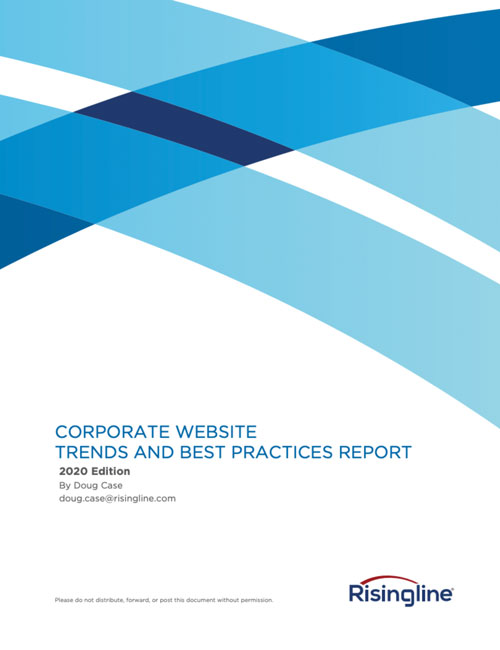Internet Marketing or eMarketing is a term we use to encompass any electronic publishing that has the goal of generating demand. This can be both direct (such as special offer, buy now) or indirect (such as helpful articles that appeal to your target audience). The typical distribution channels for eMarketing include traditional blogs (like this one) with RSS, Email marketing (through services such as VeticalResponse, Constant Contact and iContact), Facebook, Twitter, Google Plus and other social media channels.
eMarketing can be compared to generating “foot traffic” in retail. For instance, many people venture into a retailing business because they’re passionate about a product or service. So they lease a storefront, flip the sign on the front door to read “Open”, and wait for the customers to rush in and buy their goods. What separates a successful retailer from a bankrupt retailer is the realization that rewards are derived from hard work, quality, attention to detail, and a dedication to match the market need as it evolves. Retailers can even spend a significant portion of their budget to advertise their product or service, but if they haven’t addressed these variables, they’ll never generate consistent demand. And yes, these same principles apply to eMarketing.
So why do so many eMarketing campaigns fail? Here are 5 reasons:
CONSISTENCY – The marketer fails to consistently develop content on a regular schedule; which in turn disengages the audience. eMarketing is very easy to back-burner and before you know it the last time your bi-weekly marketing blast was published was four months ago. Not only are you loosing the chance to simply ask for more sales, your display of inactivity on your blogs and social media sites will carry negative connotations to your audience. If the last time you published a blog post a site visitor will entertain such thoughts as, “Is this company still in business?” or “If it takes them that long to get to things what kind of customer service must they have?”
ATTENTION TO DETAIL – Although our society has significantly lowered its standards on grammar and spelling, both are still important to develop readable and discernible content. Many eMarketers, myself included, have a tendency to become lazy in regards to proofreading. It still matters. Even a 1% error rate in any published marketing piece can greatly reduce the credibility and effectiveness of the piece; no matter how great the design and content might be.
RELEVANCE – A marketer must evolve their passion to address a market need. People desire content that emotionally engages them and equates to their own interests. All material must be written from the perspective of your audience and it should be written in a way that captures and keeps their attention. Regardless of the subject matter, successful marketing communications should capture the emotions of an audience by making them laugh, cry, ponder, or get angry. Even nude para-sailing could become a relevant blogging topic if the subject matter is able to emotionally engage the reader and you’re able to relate to your business goal.
QUALITY AESTHETICS – No matter the content, people will make a strong initial judgement of your credibility based on the quality of graphic design for your marketing communication whether it be a blog, HTML email or Facebook page. By maintaining professionally designed electronic collateral, marketers will enhance their credibility and improve the viral component of their distribution – because who really wants to refer a terrible looking Web site to a friend or professional acquaintance?
MARKETING DISTRIBUTION – Going back to the retailer example, one cannot simply flip the sign on the front door to read “Open” and expect customers to pour in. Generating an audience of prospects will take effort; the content must be distributed out to a targeted group of readers in order to generate interest. Utilizing technologies such as Social Media, RSS (Really Simple Syndication), SEO (Search Engine Optimization), and viral components such as a “Send This to a Friend” link are all viable methods to help build and maintain an audience. Marketers should also encourage their immediate sphere of contacts (family, friends, neighbors, work contacts, etc.) to read their content and spread it along.
Do you need help with putting together a more successful digital marketing strategy? We’d love to learn more about your needs and provide you some feedback on how we might be able to assist. Contact us anytime.
 This report provides managers with a high-level overview of key web development best practices and trends so they 1) are better equipped to make informed decisions, 2) are aware of available tools and resources, and 3) gain an understanding of current requirements, risks, and costs associated with their website.
This report provides managers with a high-level overview of key web development best practices and trends so they 1) are better equipped to make informed decisions, 2) are aware of available tools and resources, and 3) gain an understanding of current requirements, risks, and costs associated with their website.